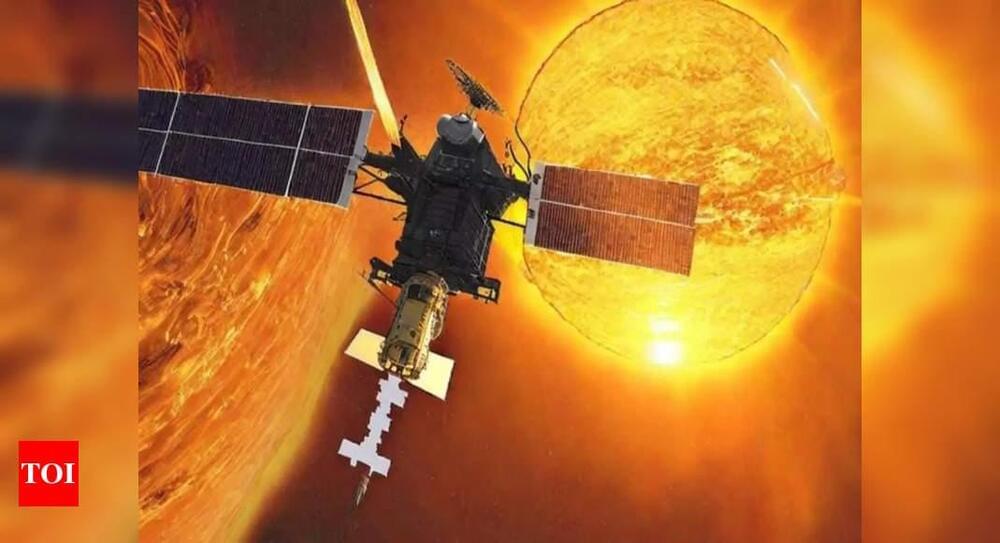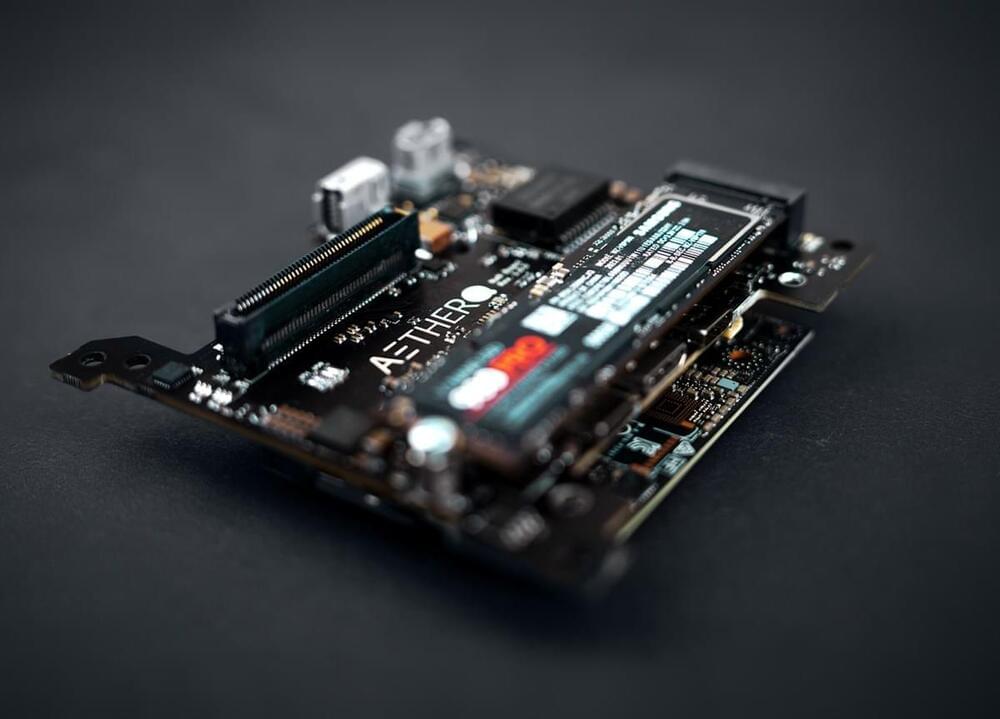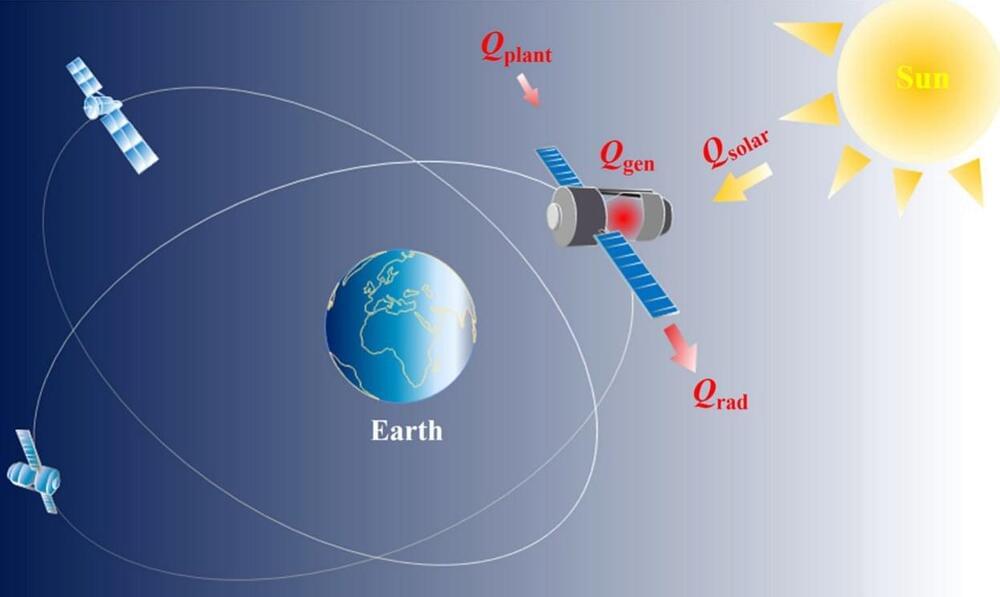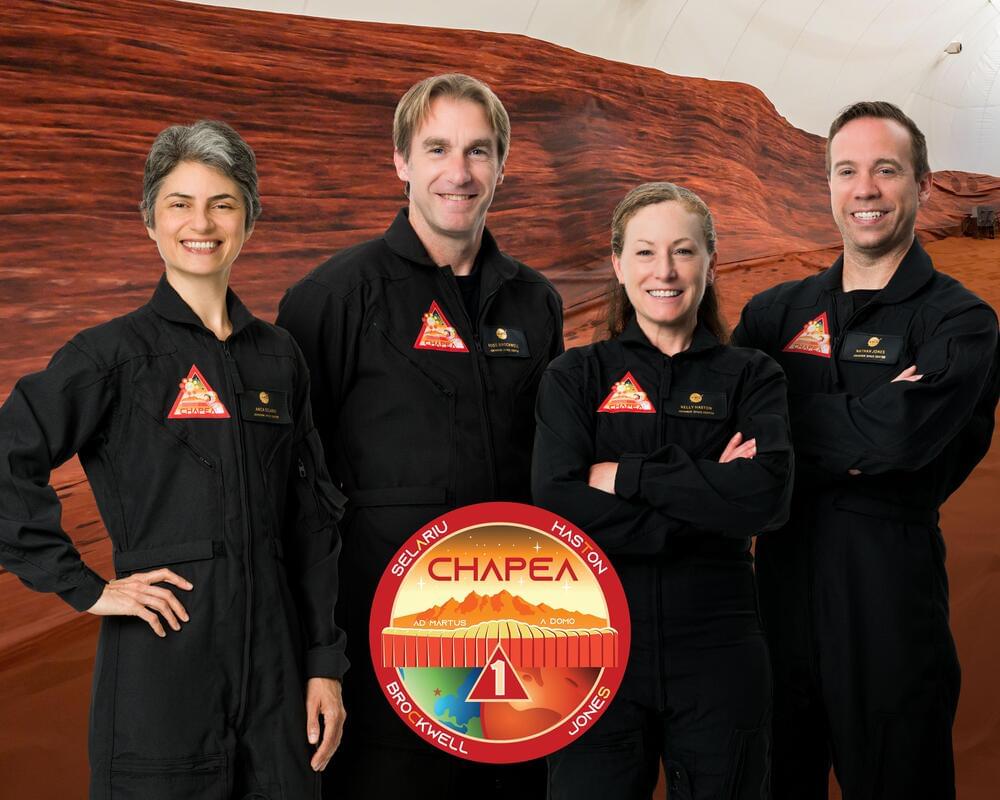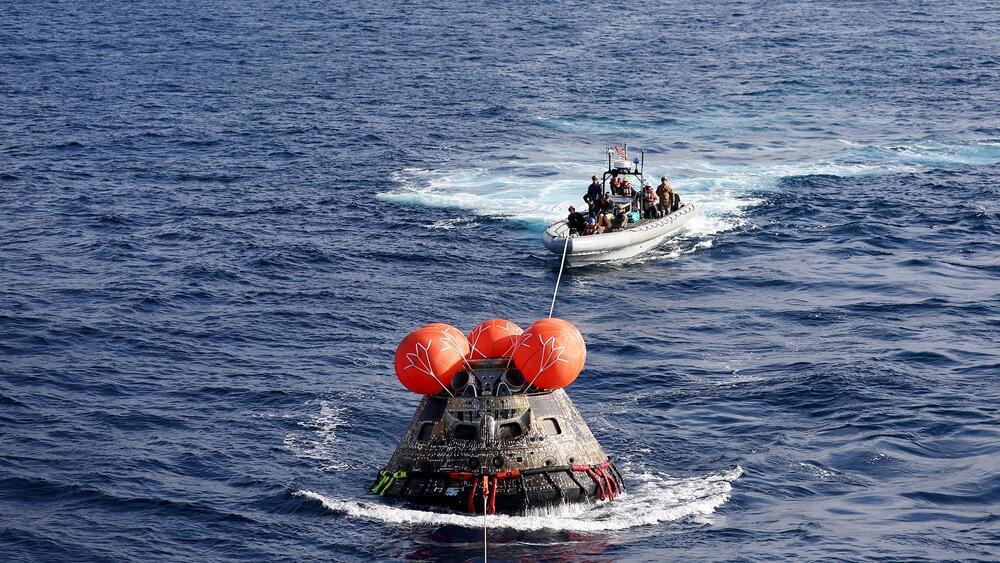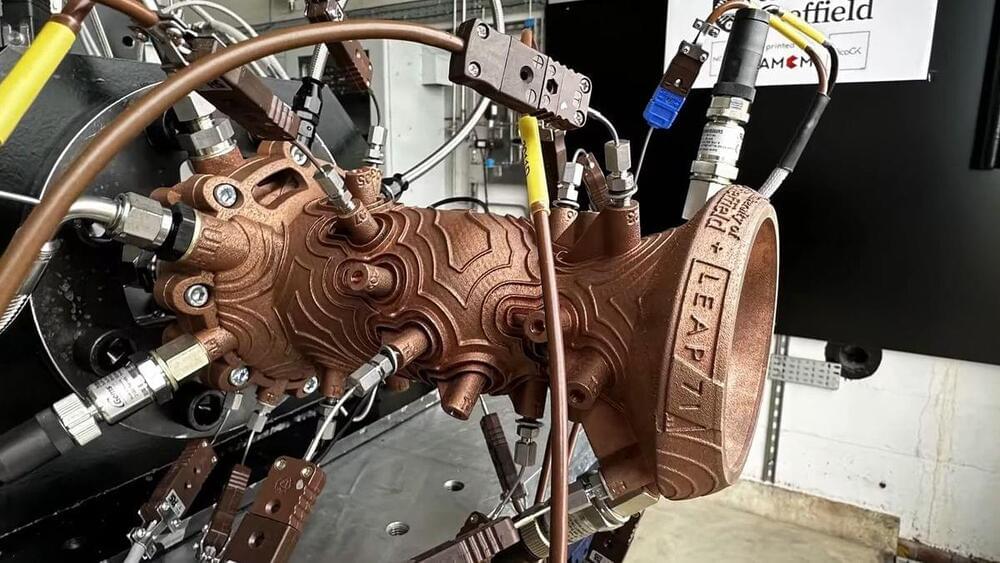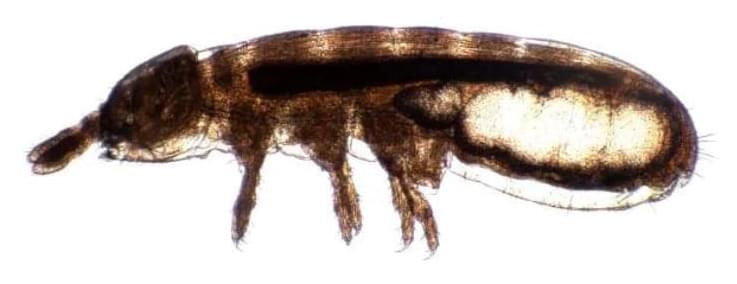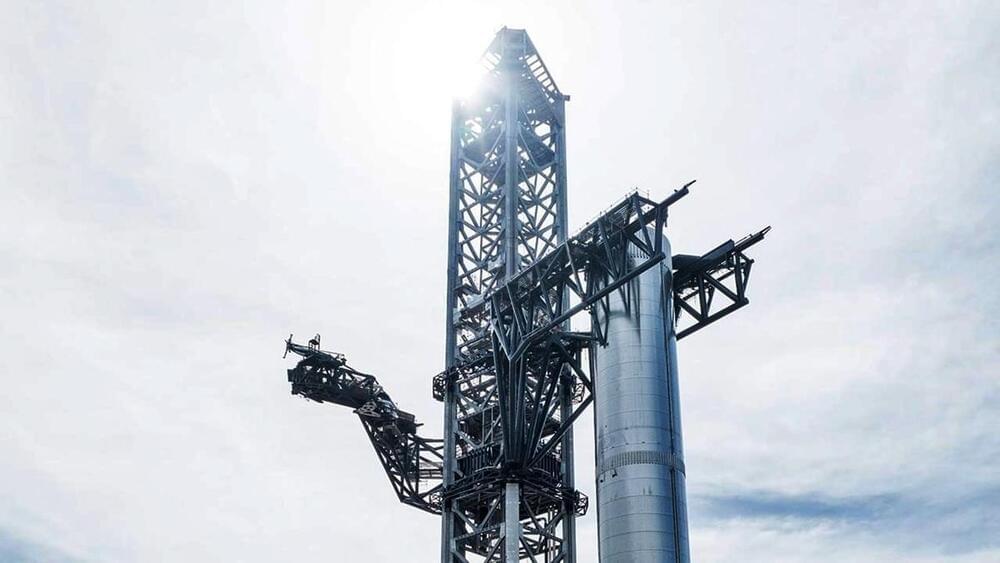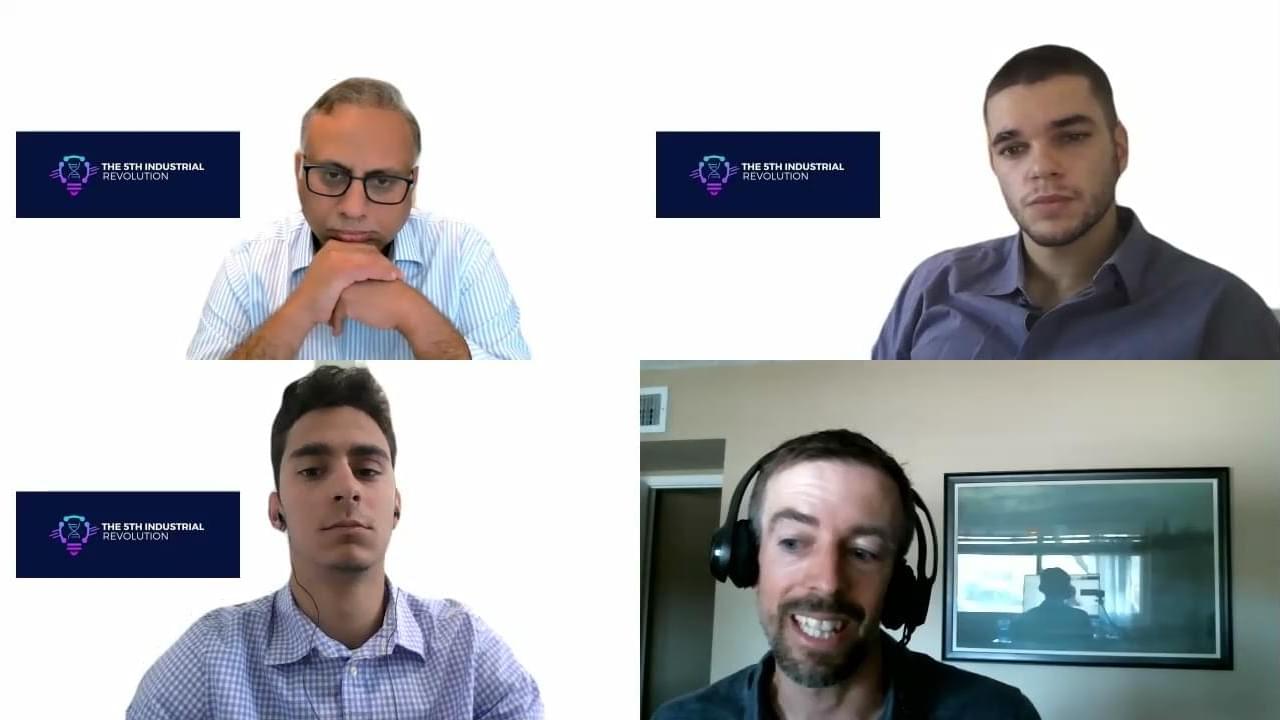Jul 5, 2024
India’s Aditya-L1 completes first Halo orbit
Posted by Genevieve Klien in category: space travel
India’s first space-based solar observatory, Aditya-L1, successfully completed its first halo orbit around the Sun-Earth L1 Lagrangian point, Isro announced on Monday. The observatory was launched on September 2, 2023, and was inserted into its targeted halo orbit on January 6, 2024. This achievement demonstrates the spacecraft’s capacity to maintain its complex trajectory. Aditya-L1 performed its first two manoeuvres on February 22 and June 7, 2024. The third manoeuvre, conducted on July 2, 2024, ensured the spacecraft’s transition into its second halo orbit around L1.
